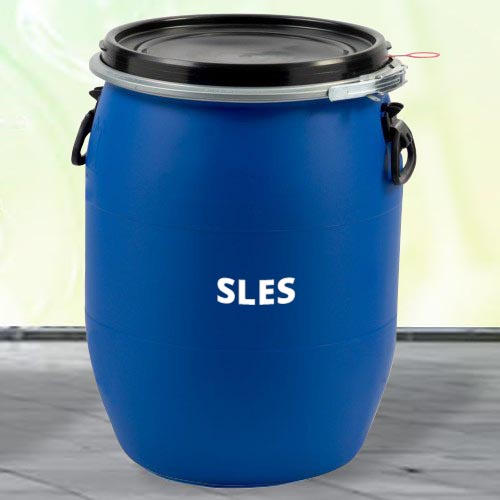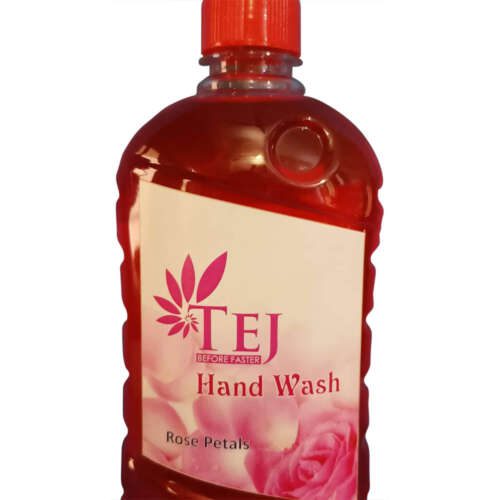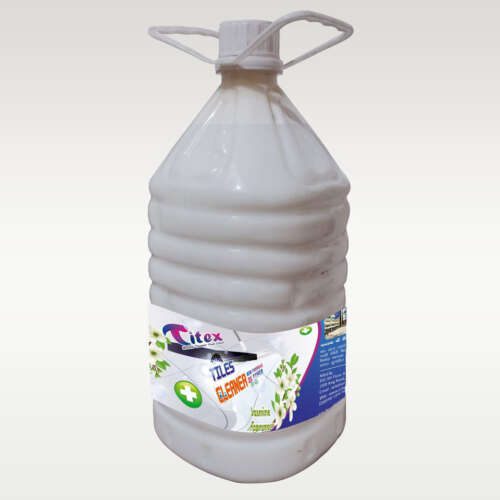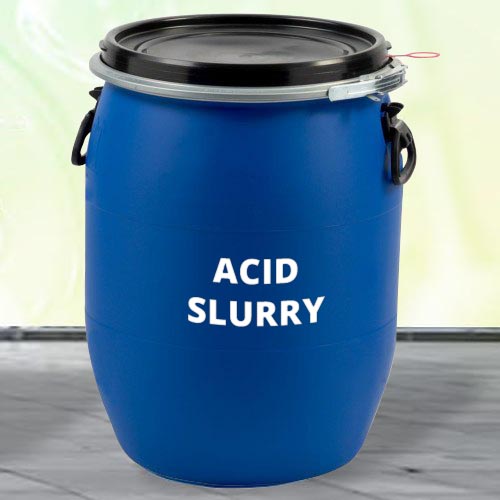SLES, or Sodium Laureth Sulfate, is a widely used chemical compound found in numerous personal care and cleaning products. It is a surfactant, which means it helps to reduce the surface tension between liquids and solids, allowing them to mix more easily. SLES is an ethoxylated compound derived from lauryl alcohol and sulfur trioxide, and it is closely related to another surfactant known as Sodium Lauryl Sulfate (SLS). While SLES and SLS are often used interchangeably, they have some key differences.
SLES
Description
One of the main reasons for the widespread use of SLES is its excellent foaming and cleansing properties. It creates a rich lather when combined with water, making it an essential ingredient in many personal care products like shampoos, body washes, and toothpaste. SLES helps to remove dirt, oils, and other impurities from the skin and hair, leaving them feeling clean and refreshed.
However, the use of SLES has been a topic of debate due to some potential concerns associated with its safety. One of the primary concerns is its potential to irritate the skin and eyes, especially in individuals with sensitive skin. SLES can strip away natural oils from the skin, leading to dryness and irritation. It can also cause scalp irritation and contribute to the development of dandruff in some people. However, it’s important to note that the concentration of SLES in most products is generally low and considered safe for the majority of the population.
Another concern regarding SLES is its manufacturing process, which involves ethoxylation. Ethoxylation can lead to the formation of a byproduct called 1,4-dioxane, which is classified as a possible human carcinogen by the International Agency for Research on Cancer (IARC). 1,4-dioxane can be found in trace amounts in products containing SLES, although its presence can be minimized through purification processes. Many manufacturers have taken steps to reduce the levels of 1,4-dioxane in their products, and regulatory bodies have set guidelines and limits to ensure its safety.
To address the potential risks associated with SLES, some individuals opt for SLES-free or sulfate-free products. These alternatives use milder surfactants that are considered to be gentler on the skin and hair. However, it’s worth mentioning that the cleansing effectiveness of sulfate-free products may be slightly lower compared to those containing SLES or SLS. Therefore, choosing the right product depends on individual preferences, skin type, and specific needs.
In recent years, there has been a growing demand for natural and organic personal care products, prompting many companies to develop sulfate-free formulas. These products often utilize plant-derived surfactants, such as coconut oil or glucose-based compounds, which are considered more environmentally friendly and less likely to cause skin irritation.
In conclusion, SLES is a commonly used surfactant found in various personal care and cleaning products due to its foaming and cleansing properties. While there are some concerns regarding its potential to irritate the skin and eyes, as well as the formation of the byproduct 1,4-dioxane during manufacturing, the concentration of SLES in most products is considered safe for use. The availability of sulfate-free alternatives provides options for individuals with specific sensitivities or preferences. As with any cosmetic ingredient, it’s advisable to read product labels, understand personal sensitivities, and make informed choices when selecting personal care products.







Reviews
There are no reviews yet.